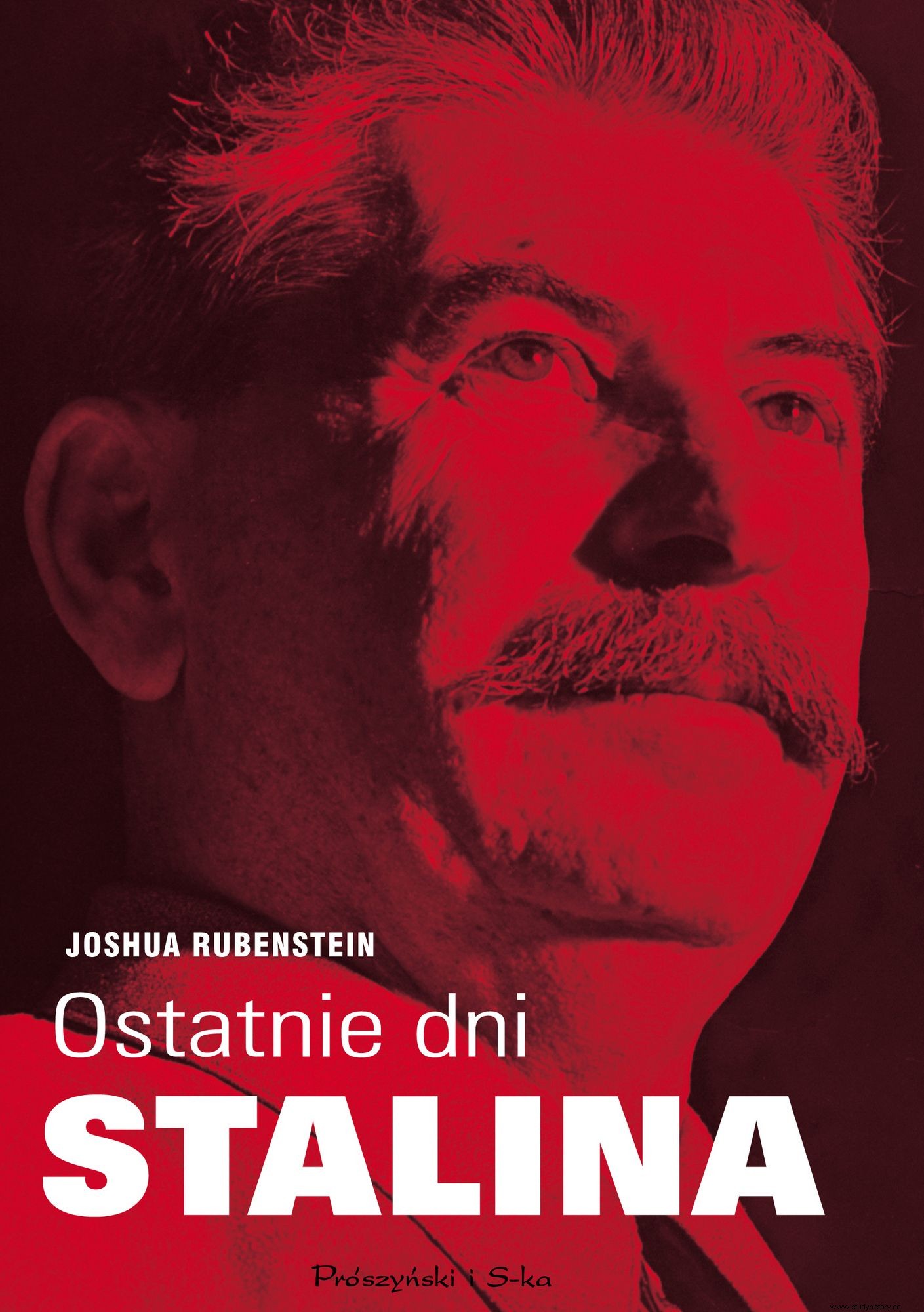On Saturday evening, February 28, 1953, Stalin took up his inner circle in the Kremlin, and then at the dacha in Kuncevo near Moscow. Beria, Bulganin, Khrushchev and Malenkov left him only in the morning. Stalin was drunk and in an excellent mood. Nothing foreshadowed upcoming events.
The next day, security was disturbed by the silence in Stalin's private rooms, but no one was allowed to enter without being summoned. When the door was finally opened at ten o'clock in the evening on the pretext of handing over the official mail to Stalin, he was found unconscious on the floor.

Did the death of Stalin Stalin create an amazing opportunity to end the Cold War? Find out in Joshua Rubenstein's latest book, The Last Days of Stalin.
The events that preceded the death of Joseph Stalin are still the subject of countless inquiries, as are the events that immediately followed and shaped the history of the world for the next several decades. The book "The Last Days of Stalin" presents them all in detail, from the 19th Congress of the All-Union Communist Party (b) and Stalin's preparations for the next purges, up to the arrest of Lavrenty Beria, showing how great a chance for change was then wasted.
The death of Stalin created a new situation both in the internal politics of the Soviet Union and on the international arena. However, the world that could finally breathe a sigh of relief immediately returned to the Cold War.
Joshua Rubenstein is a writer and freelance lecturer specializing in the history of the Soviet Union. A graduate of Columbia University, where he studied Russian philology. Author of numerous press publications and books on the politics of the Soviet Union.
Buy the book on Empik.com:

